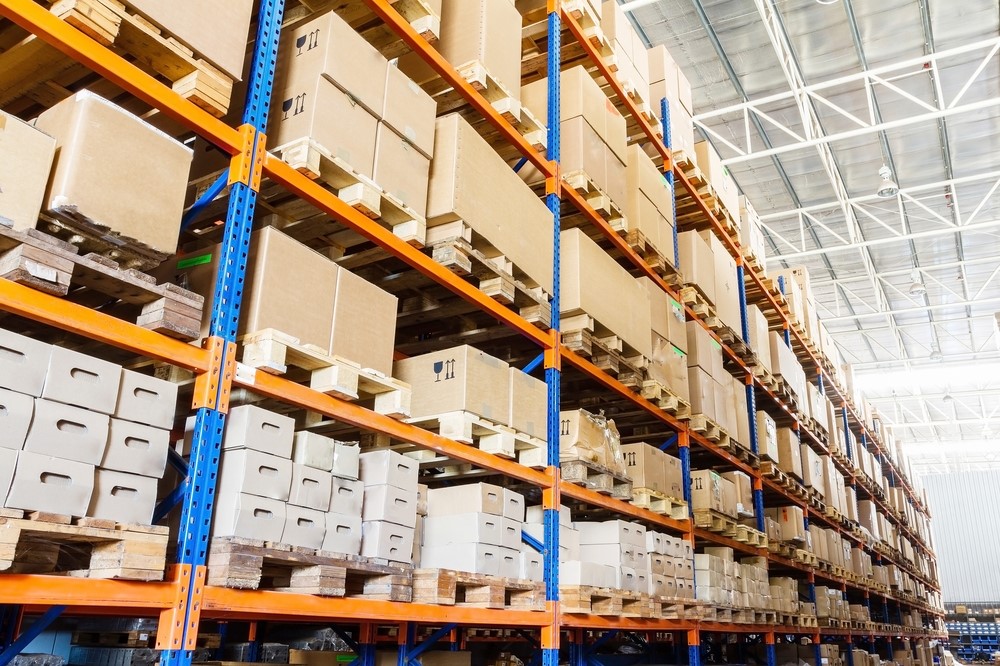Starting the new year gives you the chance to hit the “reset” button on your warehouse facility. After a brutal year for nearly everyone on the planet, it’s time to set 2021 off on the right foot. Warehouse costs continue to rise year after year as the industry gets increasingly competitive. So, how are you going to cut your costs without losing profit?
Get started by costing for warehouse and distribution so you know exactly how much you’re spending on every activity or task. Once you can zero in on an exact number, you can start looking for ways to increase warehouse order fulfillment efficiency without taking on additional expenses.
Here are five tips for getting your products moving without hurting your bottom line.
1. It’s important to make the most of your employees
As many facilities look to automation, managers must decide exactly what kind of role their workers will play in the warehouse. From spot-checking inventory to maintaining equipment, there is still plenty of work to be done.
As a business leader, it’s your job to keep your workers productive without assigning them to complete mundane, menial tasks that are best done by a machine.
Talk with your team about how you can best utilise their time and skills on the floor to make sure your warehouse is running at peak efficiency. If they experience downtime throughout the day, consider scaling back your workforce or having them perform tasks that could save you time down the line.
They can focus on safety, organisation and facility cleanliness while the machines get your products out the door.
Your workers play an invaluable role in your warehouse, so be sure to treat them with the trust and respect they deserve–searching and training their replacements can be costly.
2. Establishing and tracking KPIs is crucial
Analysing the cost of your operations is only one piece of the puzzle. To increase productivity and revenue, you need to look at the bigger picture. Use a warehouse management system to collect data on your operations.
From picking and retrieval times to the average time to delivery, these figures will help you unlock all kinds of secrets about your facility. Focus on the key performance indicators (KPIs) that matter most to your customers and business partners, such as the average fulfillment cost per order.
Once you have this information in mind, you can start adjusting your operations until these figures improve. Consider changing picking paths, relocating your inventory or changing the way you store your equipment to create the ultimate fulfillment process.
 Image credit: Fahroni/Shutterstock.com
Image credit: Fahroni/Shutterstock.com
3. Utilise reusable packaging to cut costs and be more sustainable
Look for ways to trim unnecessary costs without changing your operations. Disposable packaging tends to be one of the biggest wastes of money in the warehousing industry.
That’s why some of the largest corporations are looking for ways to eliminate waste from their supply chains. Plastic furniture maker IKEA recently announced its plans to become fully circular by 2030.
While cheap, wooden pallets tend to fall apart over time. A heavy load can easily snap one of your pallets in half. Buying another pallet may not be that big of a deal, but you will also have to spend time cleaning up the mess and securing a replacement.
Look for plastic pallets for sale to simplify the loading/unloading process. Plastic pallets are made with durable materials that last the test of time. They also retain their dimensions with less warping for a seamless fit every time.
To get rid of disposable plastic wrap, consider storing and transporting your products in bulk. Find gaylord boxes for sale to save on shipping without putting your products at risk.
4. Conserving energy use also cuts costs and makes you more eco-friendly
Aside from labour and rent, energy is one of the most expensive aspects of running a warehouse. Sustainability is taking the industry by storm as companies look for ways to either reduce their energy consumption or produce their own sources of electricity.
To get started, get a sense of how much fuel and water your warehouse is using. For instance:
- Pay attention to usage meters and previous charges to see how they can be avoided
- Make changes to your workplace to reduce water and electricity usage
- Switch to LED light bulbs
- Add insulation to limit your HVAC costs
- Replace sinks with hand sanitiser
Solar and wind technology have dropped dramatically in price in recent years, helping businesses and homeowners create their own sources of power. Consider investing in renewable energy sources to gain independence from local utilities as you chart a greener path forward.
 Image credit: SasinTipchai/Shutterstock.com
Image credit: SasinTipchai/Shutterstock.com
5. Utilise empty, unused space and keep your warehouse organised
Owning or renting a warehouse can cost a small fortune, which means you have to meet certain sales goals month after month just to sustain your business.
Consider changing the layout of the space to avoid paying for square feet that you don’t need. You may be able to get by with less space if you condense your inventory. If some of your inventory stays put for months on end, you may be better off moving it to a less expensive storage location.
As you free up more space, you can always rent out a portion of your space to another business owner to reduce your monthly expenses or take on additional inventory and clients.
Spreading out your operations across smaller, more localised distribution centres will bring your products closer to your customers, helping you save on shipping and transportation. There’s no point in holding onto so much space if you don’t need that much in the first place.
Adapt the size and scope of your operations according to demand so you’re never paying more than you need to.
Always be on the lookout for ways to improve your business' cost efficiency
With so much money on the line, your warehouse should continue to change over time. Calculate your expenses and look for simple ways to reduce your overhead without depleting the value of your products and services.
The more you save, the more your business will change for the better.
For more tips on how you can improve the cost efficiency of your business, download our checklist below.
About the author:
David Madden is an efficiency expert, as well as being the Founder and President of Container Exchanger. His passion and business is to save companies money through the use of used, reusable and repurposed industrial packaging, such as plastic and metal bulk containers, gaylord boxes, bulk bags, pallets, IBC totes and industrial racks. He holds an MBA as well as a certificate from Daimler Chrysler Quality Institute for completion of six-sigma black belt training.

